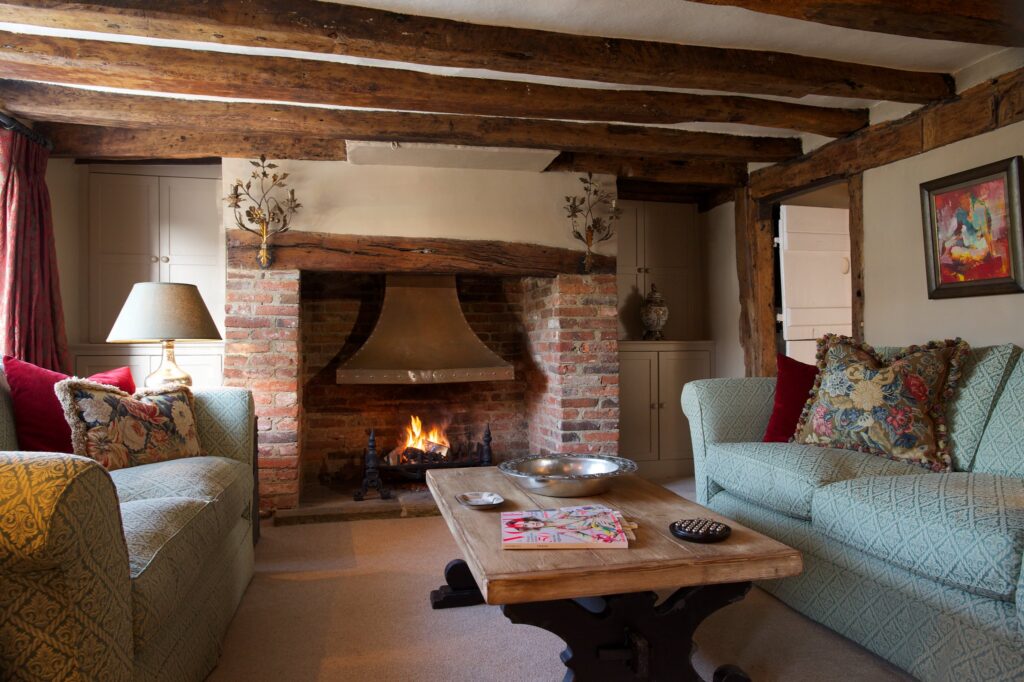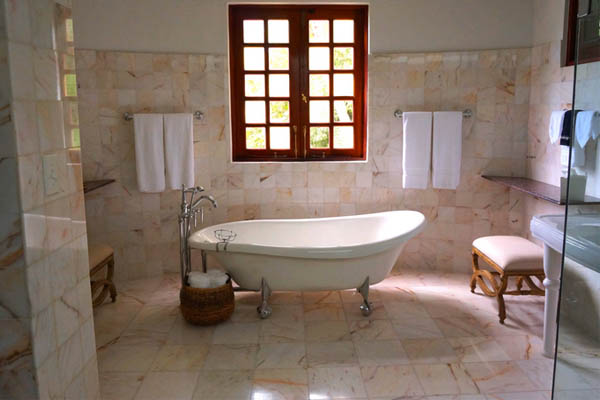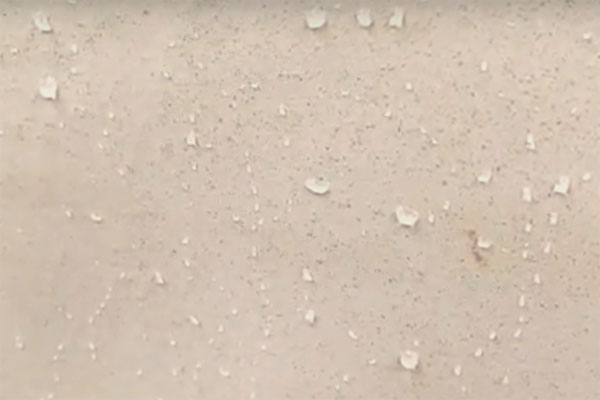Reviving Roman Ingenuity for the 21st Century
Interview with Mick Gasz, MD of Core Conservation
Q: Why are you increasingly drawn to ancient Roman architecture in your heritage work?
Ancient Roman architecture stands as a testament to the brilliance of their time.
Romans only had lime mortars and they could build all the extreme structures, anything the nobles demanded, at the time. Not just for a few centuries, but their lime mortars preserved the stones, bricks to such an extent that 2000 years later many are still in very good condition.
I would like to promote the principles of Roman architecture: they could do everything with lime mortars, which would require cement and plastics in present days. Since lime has an excellent property: preserving the bricks and stones you embed in it for a very long time, I would very much like to see new buildings built with lime mortars again, and to achieve the quality that was achieved in Rome.
Q: Could you describe the similarities and differences between Ancient Roman Floors and modern lime floors?
Roman lime floors were very similar to the simplest limecrete floors of today: sub-base (rocks) and a chunky floor slab. So they have quite a lot in common.
Let’s watch how Roman Floors were made on video and then I’ll explain.
Exploring the Parallels: Ancient Roman Floors vs. Modern Limecrete Floors
Romans preferred round beach stones for the sub-base. It makes sense, because roundish rocks have the largest gaps between them among all the shapes, being the most efficient capillary breaking layer. This type of sub-base is very similar to the ones used in limecrete floors: clay or foam glass aggregates. Both were designed to prevent liquid moisture from penetrating through the sub-base.
Romans, not having natural hydraulic lime, reached the desired durability and compressive strength of the floor slab through mixing crushed volcanic rock (pozzolans) into the lime, which made lime harder and less crumbly, while still preserving its breathability. This is one of those elements of Roman lime technology which were almost completely lost through the middle ages and rediscovered from the Ten Books on Architecture (De Architectura – 2000 years old architectural writing), by Marcus Vitruvius Pollio, Roman Architect.
On top of this slab they either laid clay tiles or mosaic tiles, or poured a thin layer of lime, which could be polished.
British limecrete floor companies use natural hydraulic lime for hardness and compressive strength, which was discovered in the 18th century only, but it works just as good as the Roman mix.
Bringing Warmth to the Modern Home: Integrating Roman Wisdom
Q: Our expectations towards a 21st century home are high. Could the knowledge from Roman underfloor heating be functional today?

Indeed, the principles of Roman underfloor heating can be harnessed in contemporary homes. The Roman method involved circulating warm air beneath the floor, which differs from our modern underfloor heating pipes. However, the materials used by Romans to retain warmth can be translated into our context.
The way they achieved it was through terracotta and heat storage brick floor structures. In simple terms, the floor kept radiating heat for hours and hours, even after the fire was put off. The modern demand for warm, energy-efficient floors is well within reach through limecrete solutions. By utilizing a heat storage floor screed comprising lime and heat storage bricks, we can create floors that radiate warmth and retain it for extended periods.
The way they achieved it was through terracotta and heat storage brick floor structures. In simple terms, the floor kept radiating heat for hours and hours, even after the fire was put off. The modern demand for warm, energy-efficient floors is well within reach through limecrete solutions. By utilizing a heat storage floor screed comprising lime and heat storage bricks, we can create floors that radiate warmth and retain it for extended periods.
Conclusion: Embracing the Legacy of Roman Ingenuity
As we traverse the annals of time, the brilliance of ancient Roman architecture finds its place in the modern world. Lime, a material treasured by the Romans, holds the key to building floors that stand the test of both time and technology.
With Roman principles in mind, we can achieve floors that exude warmth, energy efficiency, and a touch of timeless grandeur, all while paying homage to the architectural genius that continues to inspire us today.
With Roman principles in mind, we can achieve floors that exude warmth, energy efficiency, and a touch of timeless grandeur, all while paying homage to the architectural genius that continues to inspire us today.




